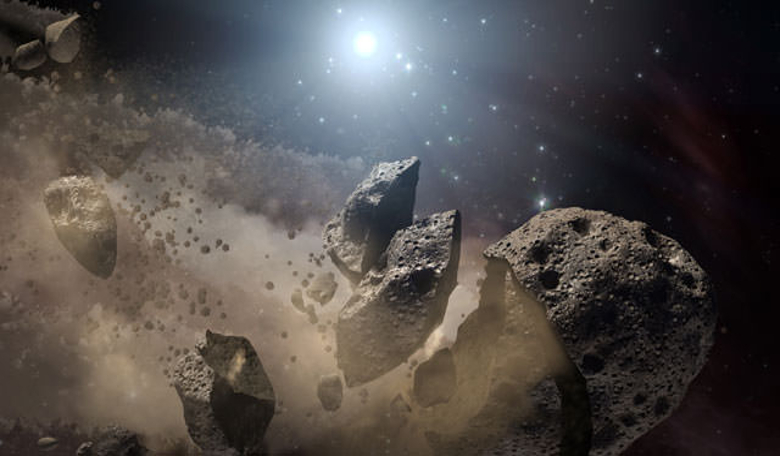If you thought asteroids were just unrelated chunks of rock randomly whizzing around the Solar System, you would be wrong, as a new study tracing the lineage of these stony objects has found that at least 85 percent of 200,000 asteroids in the inner asteroid belt originate from just five or six ancient infantile planets that never made it to adulthood.
Asteroids, it turns out, have families. Mostly. Scientists studying the nature of these potential cataclysmic bodies that could wipe out life on Earth, classify asteroids as either family or non-family groups. Family groups are those that originate from the shattering of a much larger body and non-family ones are the solitary figures with no known ancestry.
Whatever their history, a vast swath of them take up residence in a region of space between Jupiter and Mars known as the inner asteroid belt, which is also the main location for wayward bits of smaller rock that find their way to Earth as meteorites.
Knowing what asteroids are made of not only helps scientists to understand the materials that shaped our own rocky planet, but it could be hugely beneficial in helping to plan against an Armageddon style scenario.
"These large bodies whiz by the Earth, so of course we're very concerned about how many of these there are and what types of material are in them," said Stanley Dermott, lead author and a theoretical astronomer at the University of Florida. "If ever one of these comes towards the earth, and we want to deflect it, we need to know what its nature is."
The true heritage of around 85 percent of asteroids in the inner Solar System is now that much clearer, as by looking at the size and trajectory of the asteroid, Dermot and colleagues were able to sort them out in to about six families; Flora, Vesta, Nysa, Polana and Eulalia. The names refer to the biggest object in the bunch, once of which got a visit from NASA’s Dawn Spacecraft in 2011 – Vesta.
Those that can’t be placed into a family, the asteroid orphans as it were, are given the more sinister name of ‘ghost families.’ These macabre-sounding objects were in the past assumed to be the oddballs of asteroidal society – rocky outcasts that went against the grain of known asteroid demography.
However, after looking at how their sizes matched up with their orbital eccentricity (a measure of how much an orbit deviates from being circular) and their inclination (how much they tilt in respect to the plane of the Solar System), Dermott and colleagues found that many of them were not the misfits they were made out to be, but instead could be given a home within one of the five major families.
“Our work has shown that this division between family and non-family is probably a false one,” says Dermott. ”I wouldn't be surprised if we eventually trace the origins of all asteroids in the main asteroid belt, not just those in the inner belt, to a small number of known parent bodies.”











